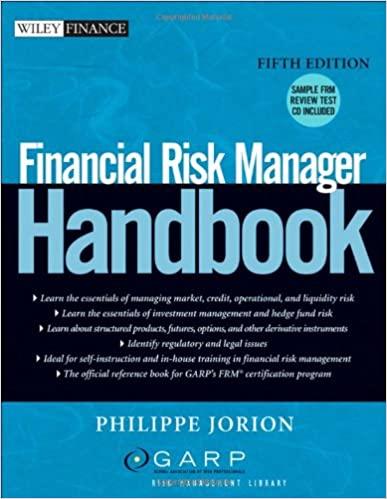Question
Explain, in writing, the meaning of, and relevance of (relevance meaning what does each explain about the operations of the company and why it is
Explain, in writing, the meaning of, and relevance of (relevance meaning what does each explain about the operations of the company and why it is important to an analysis of a company) each of the following;
Profitability Ratios Group Profit Margin
Return on Assets (Investments)
Return on Equity
Asset Utilization Ratios Group Receivable Turnover
Average Collection Period
Inventory Turnover
Fixed Asset Turnover
Total Asset Turnover
Liquidity Ratios Group Current Ratio
Quick Ratio
Debt Utilization Ratios Group Debt to Total Assets
Times Interest Earned
Fixed Charge Coverage
Per Share Group Earning per Share (EPS)
Price Earnings Ratio (P/E)
A spreadsheet (uploaded pictures) containing the financial statements and ratio calculation of all of the above for Steves Computer Company are included below.
Consider that you are a member of an investment club and your assignment is to prepare a formal written report to the club on your analysis of the corporation. Your report must address all fifteen (15) items, the thirteen (13) financial ratios and EPS and PE ratios, and it must contain a conclusion as to whether to recommend Steves Computer Company as an investment for the club.
Your analysis must progress significantly beyond "the quick ratio trend line is going up", but be more like "the trend of the improving quick ratio means improving liquidity to the company which could help reduce reliance on short term borrowing and hence reduce interest expense which would have the effect of contributing to an increase in EPS. This is clearly the goal of any investment the club makes as an increase in EPS will translate into an increase in the stock price.
Another example might be rather than simple noting "the EPS trend line is up", your analysis might conclude, "While the trend of EPS is up, the increase in relation to the Standard and Poor's 500 Index, the Dow Jones Industrial, and the NASDAQ 100 composite increases is greater; indicating that Steve's Computer Company performance, has performed better than average".
The point being that each of your comments should include:
What is happening to the ratio over the three years under analysis.
What this means about financial performance.
What it says about the financial or operating leverage of the Company.
How it might impact the price of the Companys stock.
How this may impact other aspects, including other ratios, of the company
How that may have been affected by general economic condition, remember that this time period (essentially 2012, 2013 and 2014) was generally a time of a slowly growing economy and an increasing stock market.



Step by Step Solution
There are 3 Steps involved in it
Step: 1

Get Instant Access to Expert-Tailored Solutions
See step-by-step solutions with expert insights and AI powered tools for academic success
Step: 2

Step: 3

Ace Your Homework with AI
Get the answers you need in no time with our AI-driven, step-by-step assistance
Get Started


